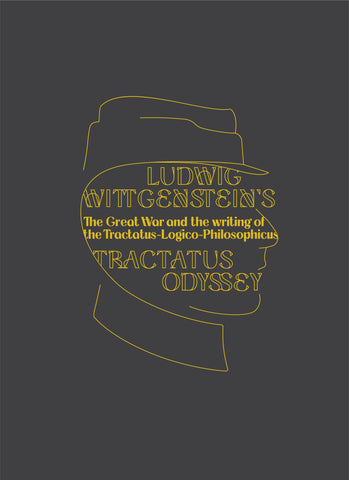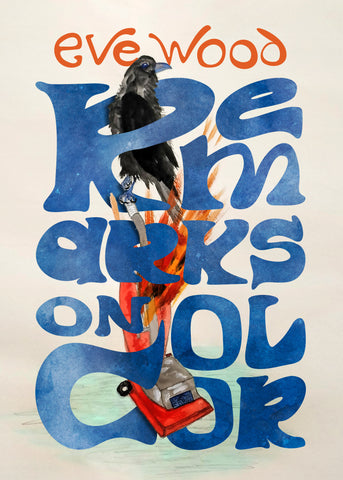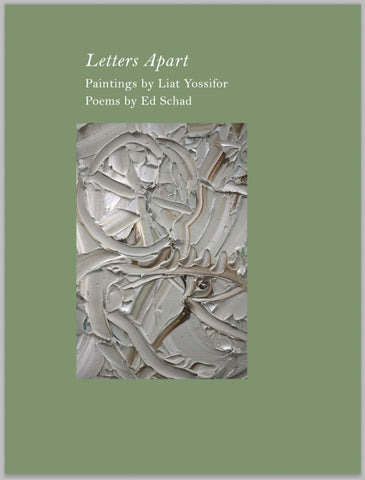













PREORDERS AVAILABLE NOW.
By Peter Wyeth
346 pages.
June 22, 2022. Softcover. Fully illustrated, b/w with spot color and 8 color plates.
$39.95 | 9781954600003 (pb)
ebook also available
Book design by Jessica Fleischmann / still room
A deserted Paris house holds the mystery of a brilliant Viennese modernist who worked alongside Le Corbusier and Adolf Loos before vanishing.
A leading painter still highly regarded in South Africa, Jean Welz was an economic emigre from Europe on the eve of WWII. His prior architectural career has been virtually unknown until a string of discoveries unfolded for author and filmmaker Peter Wyeth over a decade, allowing him to narrate this amazing true tale of genius.
Born in 1900 and trained in ultra-sophisticated, but conservative Vienna, Welz was sent to Paris for the 1925 Art Deco exhibition by his influential employer, renowned architect Josef Hoffmann. There he met preeminent modern architects Le Corbusier and Adolf Loos. The latter employed him to assist in building a house for the founder of Dada, Tristan Tzara. They all mixed in avant-garde circles at the Dôme Café in Montparnasse along with Welz’s classmate from Vienna, later Chicago-based architect Gabriel Guevrekian; Welz’s future employer Raymond Fischer, whose archive was mostly destroyed by Nazis; and photographer André Kertész.
Through Welz’s South African family archive, author Wyeth retrieves stories, letters, portfolios, and photographs generations after Welz’s death that unravel his heroic designs, his stunning built critique of Corbusier’s “Five Points of Architecture,” a gravestone for Marx’s daughter, and the many ways that Welz disappeared amongst his collaborators, intentionally and not. This account of why Jean Welz did not become a famous name in architecture takes us through his brother’s Nazi-dealings, illness, betrayal, emigration, and an uncompromising artist’s vision at the same time sifting through significant, literally-concrete evidence of Welz’s built projects and visionary designs.
PRAISE
Peter Wyeth has masterfully charted architect Jean Welz’s work and trajectory from Vienna to Paris and South Africa, as well as his contacts with remarkable clients, colleagues, artists and photographers. He has at last paid homage to his striking designs, such as the Zilveli villa built in Paris in 1933, which deserves to be inscribed in the narrative of European Modernism.
– Jean-Louis Cohen, Sheldon H. Solow Professor in the History of Architecture, Institute of Fine Arts, New York University
Jean Welz and his architecture do exist! Let’s hope his architecture survives and defies ignorance.
– Richard Klein, architect, professor, chair of docomomo France
Known, if at all, as a much admired painter in South Africa in the mid-twentieth century, Welz’s complex career is now marvelously pieced together for the first time.
– Robin Middleton, professor Emeritus, Department of Art History and Archaeology, Columbia University
One of the last testimonies of modernism in intramural Paris is the the Maison Zilveli by the Viennese architect Jean Welz, near Adolf Loos and the Roche du Corbusier house. […] British filmmaker Peter Wyeth, very involved in the preservation of the house, explains that “it is very rare to have a modernist house that has remained unchanged: it is a real case study.”
— Le Journal des Arts
In Jean Welz, Peter Wyeth uncovers a highly-gifted modernist nearly unknown to the public, whose architecture absorbed the most important ideas of Loos and Le Corbusier, before he created some of the most valuable buildings of modern architecture. As a filmmaker, Wyeth combines a sharp analysis of Europe’s artistic movements between the two wars with refreshing personal insights to create a fascinating portrait that is both fluid and easy to read.
– Burkhardt Rukschcio, author of Adolf Loos: Leben und Werk
History has generally been unkind to architects who failed to hit the headlines with publications and an effective publicity machine. Peter Wyeth is to be commended not only for rediscovering Jean Welz and his work but also for reconstructing the network of interactions, innovations and transmission of ideas that constitute the real history of architecture.
— Tim Benton, author of The Villas of Le Corbusier and Pierre Jeanneret 1920–1930
Peter Wyeth’s vivid and remarkable excavation of the life and work of the Viennese-born architect Jean Welz is a splendid contribution to the history of modernism. Welz, who had been all but forgotten till now, was closely connected with two of the titans of the age, Le Corbusier and Adolf Loos, but, even more, he was an excellent architect whose work was sensitive, beautiful, and inventive. Wyeth tells his story well, bringing known aspects of the tale of modern architecture into sharper focus, while adding much that is new.
— Christopher Long, professor, University of Texas at Austin and author of The New Space: Movement and Experience in Viennese Modern Architecture
ABOUT THE AUTHOR
Peter Wyeth has been making films since the 1970s, including several with the Arts Council of Great Britain, one of which, about a modernist block of flats in London, inspired by Hokusai (“12 Views of Kensal House”) was runner-up for best documentary. He started a forgotten film-mag North by North West, and in 1994 directed “The Diary of Arthur Crew Inman,” based on the 17-million-word and longest diary in America and named a London Times “Film of the Week.” From 1999–2003, Wyeth was head of the film school at University of the Arts London, where he worked for ten years and set up the student channel Xplore.tv. His short film “Pane” won a Turner Classic Movies award in 2003. His book The Matter of Vision: Affective Neurobiology and Cinema was published by Indiana University Press in 2015 (in the UK by John Libbey Media) and over the past six years he has written two dozen articles on architecture and design for The Modernist. His new project is a film set in Sicily with Gaspare Giacalone. He has three children and a grandson, and lives in Paris and London with his wife, whom he married in the glorious Town Hall of the 19th arrondissement of Paris: a stone’s throw from Jean Welz’s Maison Zilveli.


